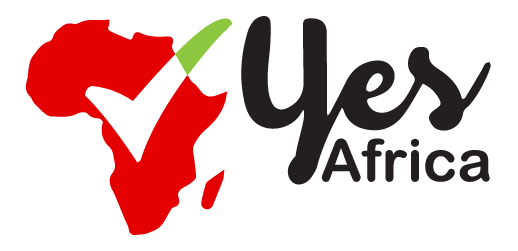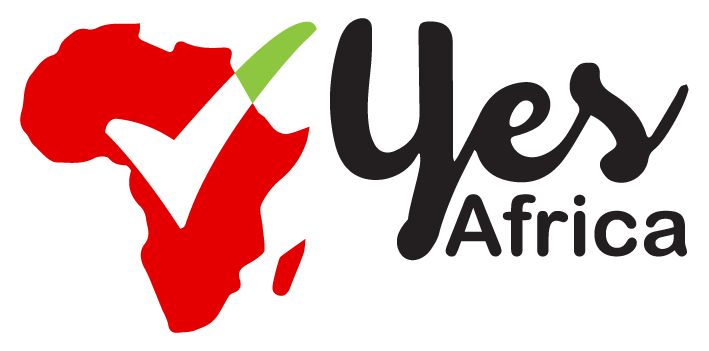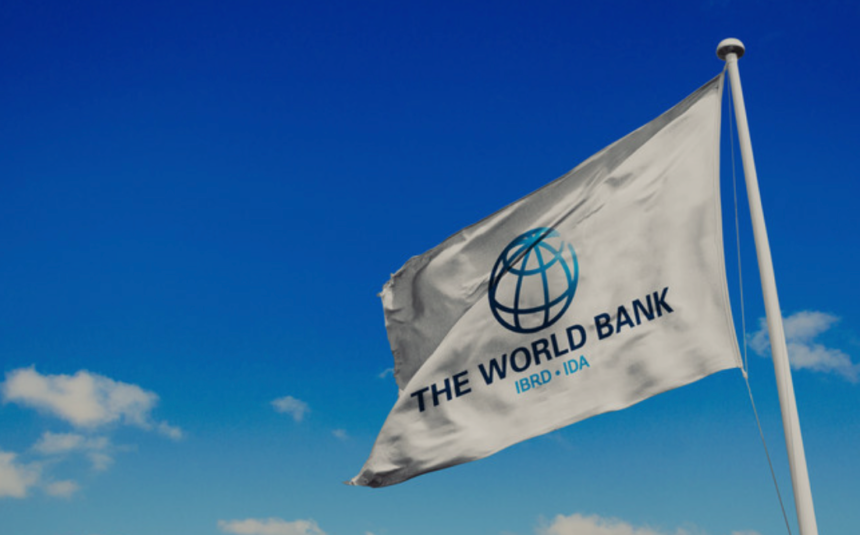The World Bank has called for “radical” debt transparency for developing nations and their lenders to prevent repeat catastrophes.
As more sovereign nations sign intricate, off-budget borrowing agreements due to global market instability, the Bank seeks to expand the breadth and depth of information it provides about new loans.
In a statement, World Bank senior managing director Axel van Trotsenburg stated that “when hidden debt surfaces, financing dries up and terms worsen.” He also added that “breaking the cycle requires radical debt transparency, which makes timely and reliable information accessible.”
The Bank wants nations to exchange more detailed debt information and implement legislative and regulatory changes that require transparency when new loan contracts are signed.
- Advertisement -
Additionally, it calls for creditors to open their loan and guarantee books, more frequent audits, and the public disclosure of debt restructuring arrangements.
It is advocating for improved instruments to identify misreporting by global financial institutions.
For many years, the World Bank and other multilateral banks have advocated for greater loan transparency. In 2020, less than 60% of low-income countries reported having some debt; today, that number is over 75%.
However, only 25% of them reveal information at the loan level. More nations are turning to complicated reporting arrangements like central bank swaps and collateralised transactions as funding costs rise as a result of trade disputes and geopolitical risk.
Cameroon and Gabon have also engaged in what are known as “off-screen” agreements, while Senegal has used private debt placements in its negotiations with the International Monetary Fund over misreporting its prior obligations.
- Advertisement -
Following a recent collapse in bond prices, Angola was forced to pay a $200 million margin call. In early 2023, Nigeria’s central bank revealed that billions of dollars in foreign exchange reserves were locked up in intricate financial agreements signed by the previous administration.
The Bank said that deeper loan-by-loan disclosures and wider loan coverage would allow the global community to evaluate public debt exposure in its entirety.










